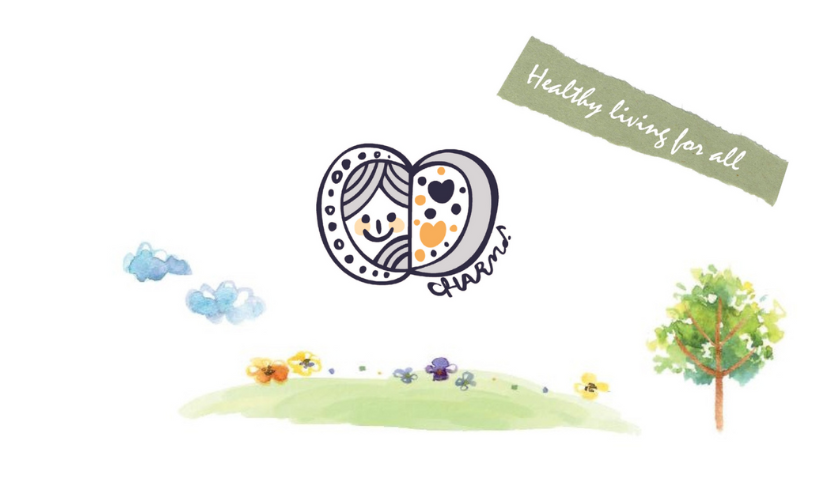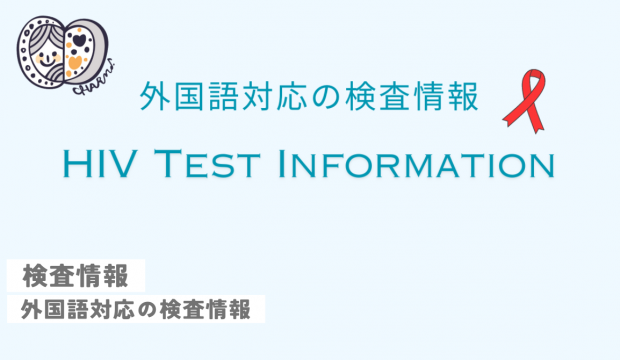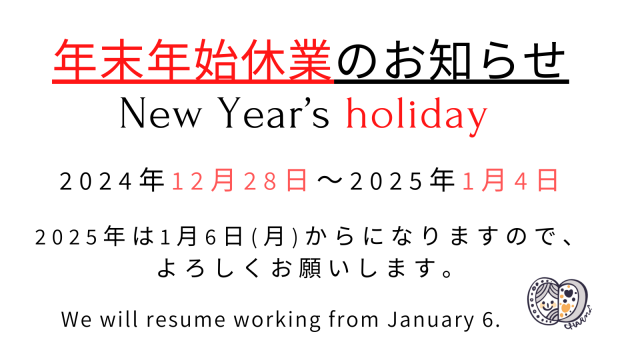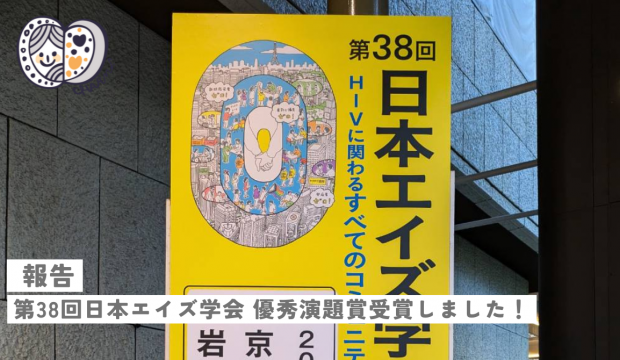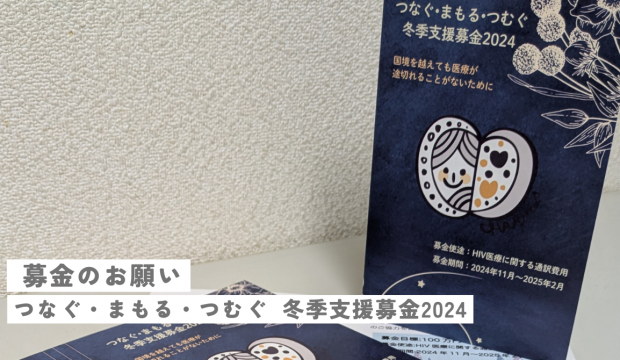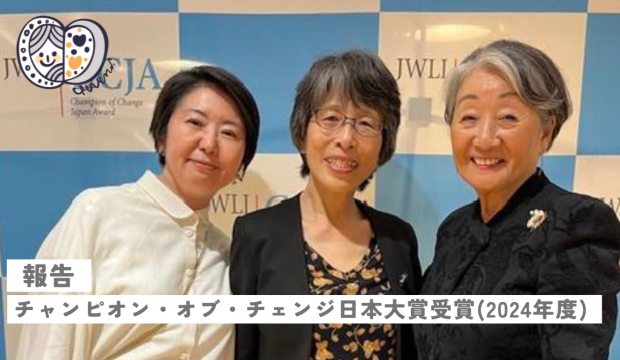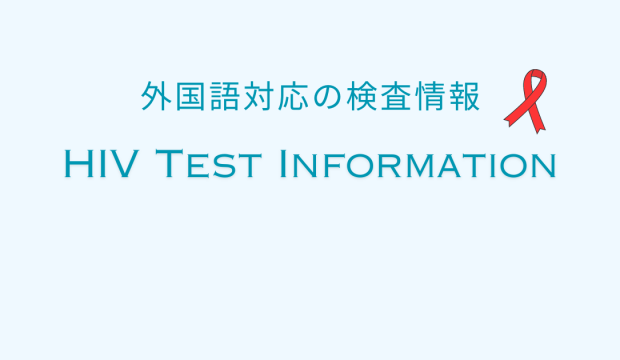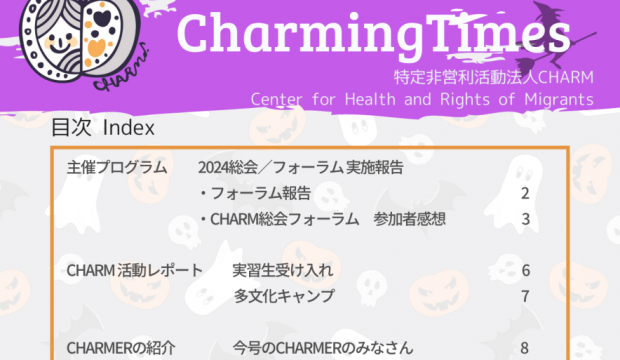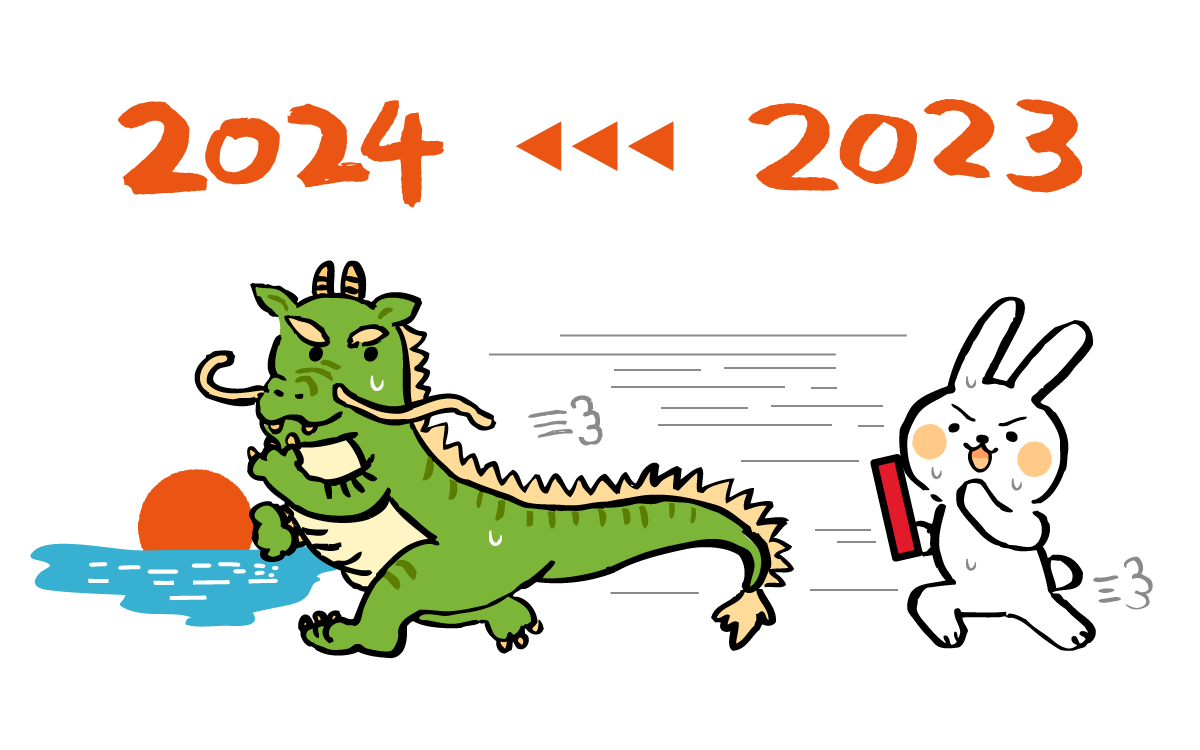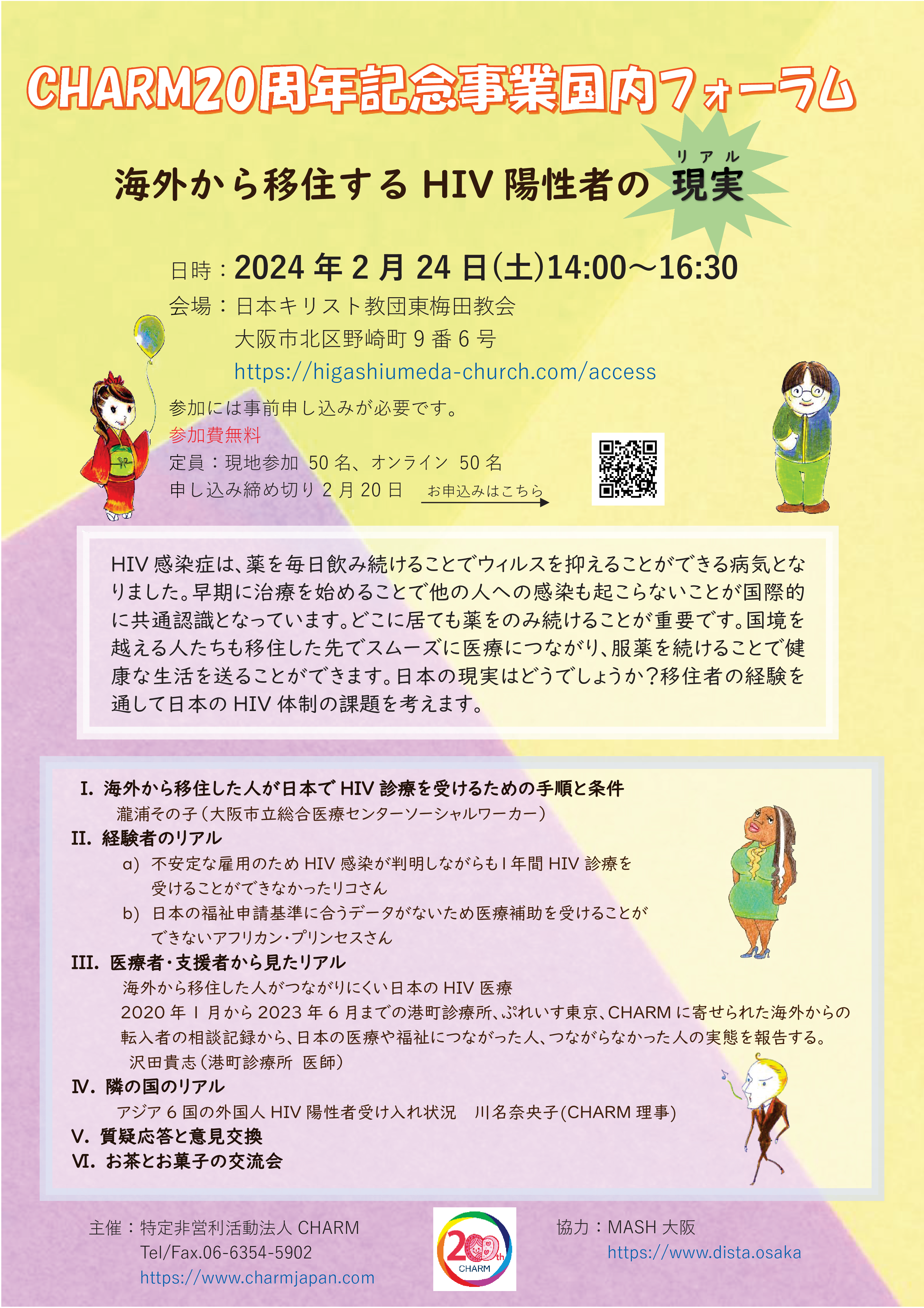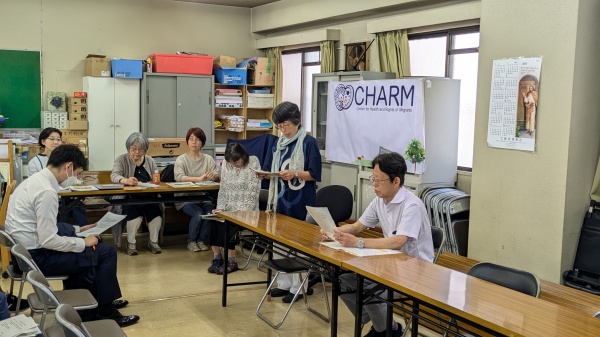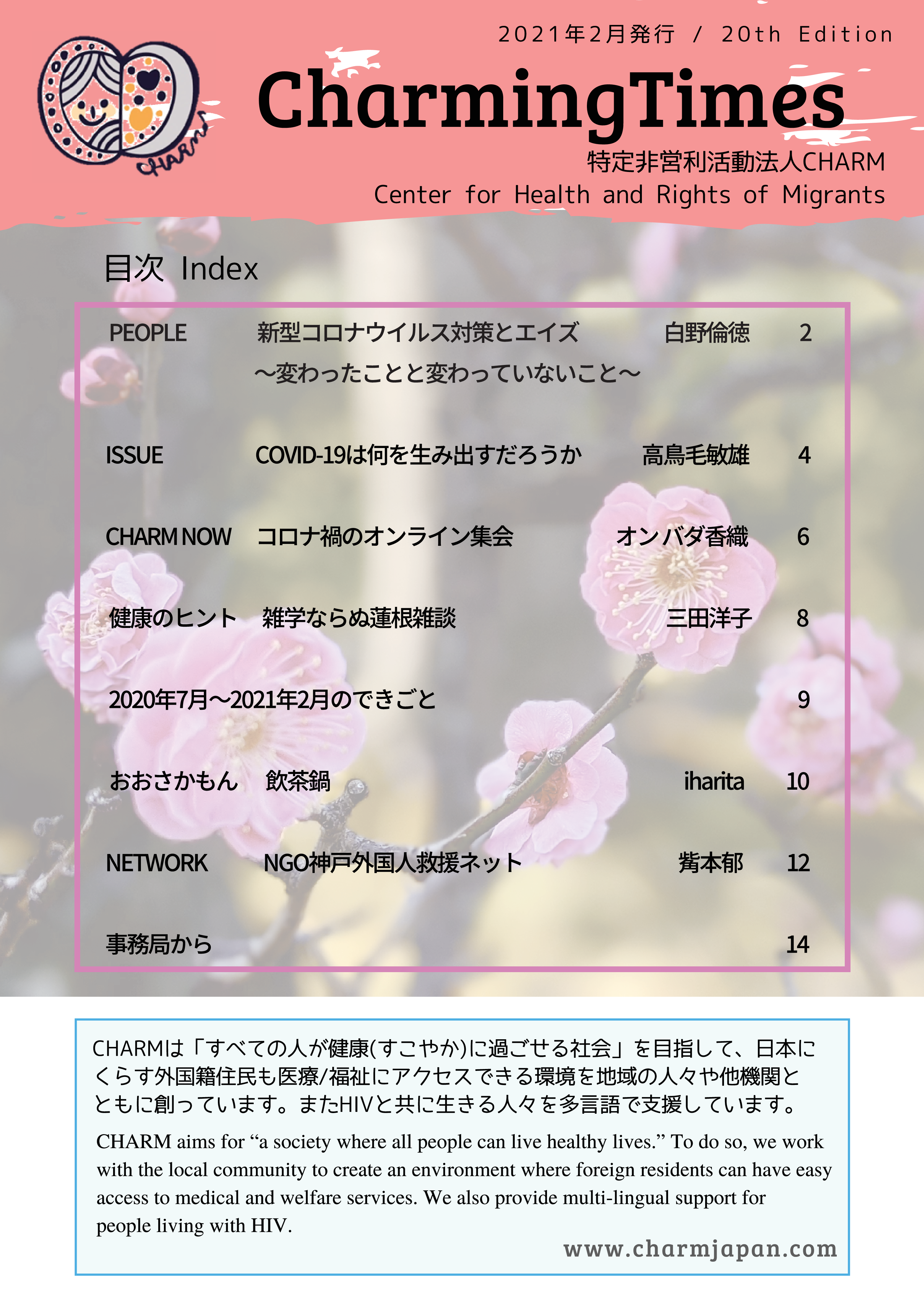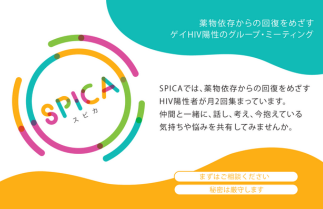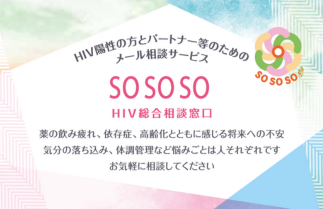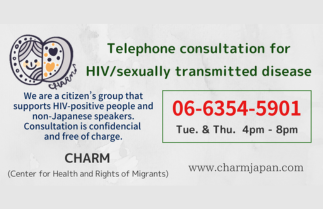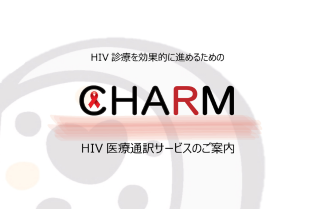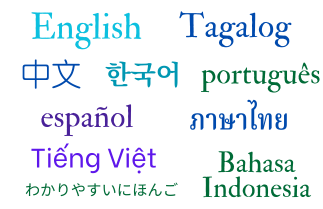A new year often symbolizes a fresh start, but it doesn’t always mean tearing down what’s old to build from scratch. For me, it’s an opportunity to strengthen positive practices and create space for new approaches to flourish. CHARM has provided a platform to turn this belief into action. Over the past couple of months, I’ve been working on a tangible project inspired by my visit to an HIV testing site in Osaka. During that visit, I identified ways to improve the site’s inclusiveness. Under Aoki-san’s supervision, we thought about what if we could create resources that empower individuals, especially foreigners, to navigate the testing process with confidence and understanding? Through embarking in answering this prompt, I contributed to CHARM’s mission of transforming “health for all” from a statement into a daily practice.
With Aoki-san’s vision and her Japanese foundation work in that field, I developed a series of multimedia tools—videos, presentations, and more—to demystify the HIV testing process, from pre-test preparation to post-test support. But we didn’t stop there. I also spearheaded a template that can be translated into multiple languages, ensuring that these materials reach Japan’s diverse communities. By bridging language gaps, this project takes a step toward building a more connected and inclusive society.
The process wasn’t easy. In order to keep our goal in mind, I religiously stayed in the mindset of a test taker, asking questions like: What would I want to know before getting tested? What kind of support would make me feel safe? What words from a healthcare provider would reassure me? This exercise was transformative. It allowed me to break down the invisible wall that often separates theory and concrete practice.
As a foreigner in Japan, I understand the unique challenges that come with navigating healthcare in an unfamiliar system. This is coupled with the universal anxiety of waiting for results or stepping into a clinic. This sentiment is magnified when language barriers or cultural differences make it hard to feel truly seen. Through this project, I wanted to ease that burden, creating tools that help patients feel understood and empowered.
While this initiative is a small step in the broader mission of accessible healthcare, I hope it creates a ripple effect—encouraging more inclusive testing sites and better health services across Japan. Because at the heart of this project is a simple truth: knowledge is power. And everyone deserves the chance to take control of their health with confidence.


